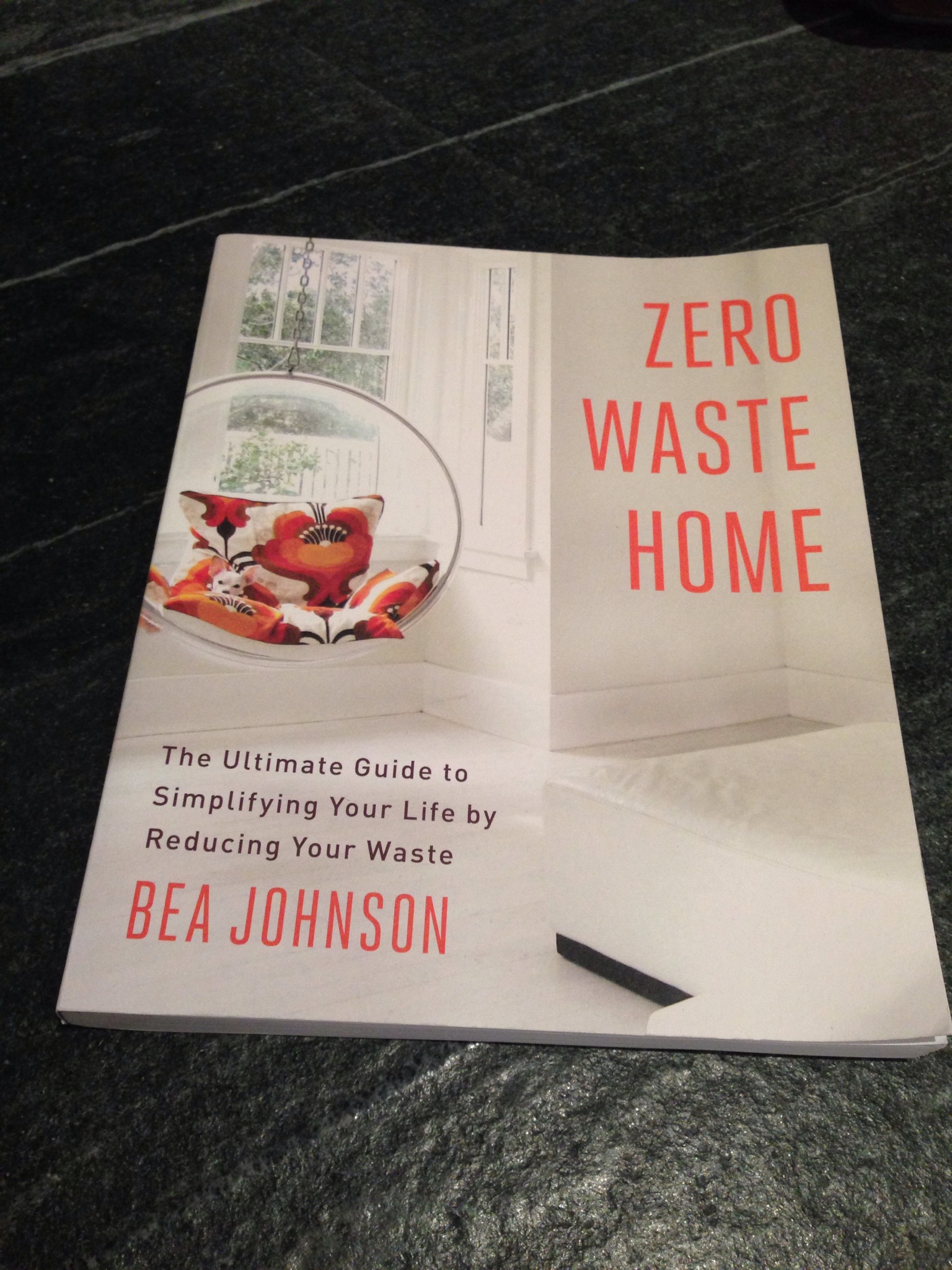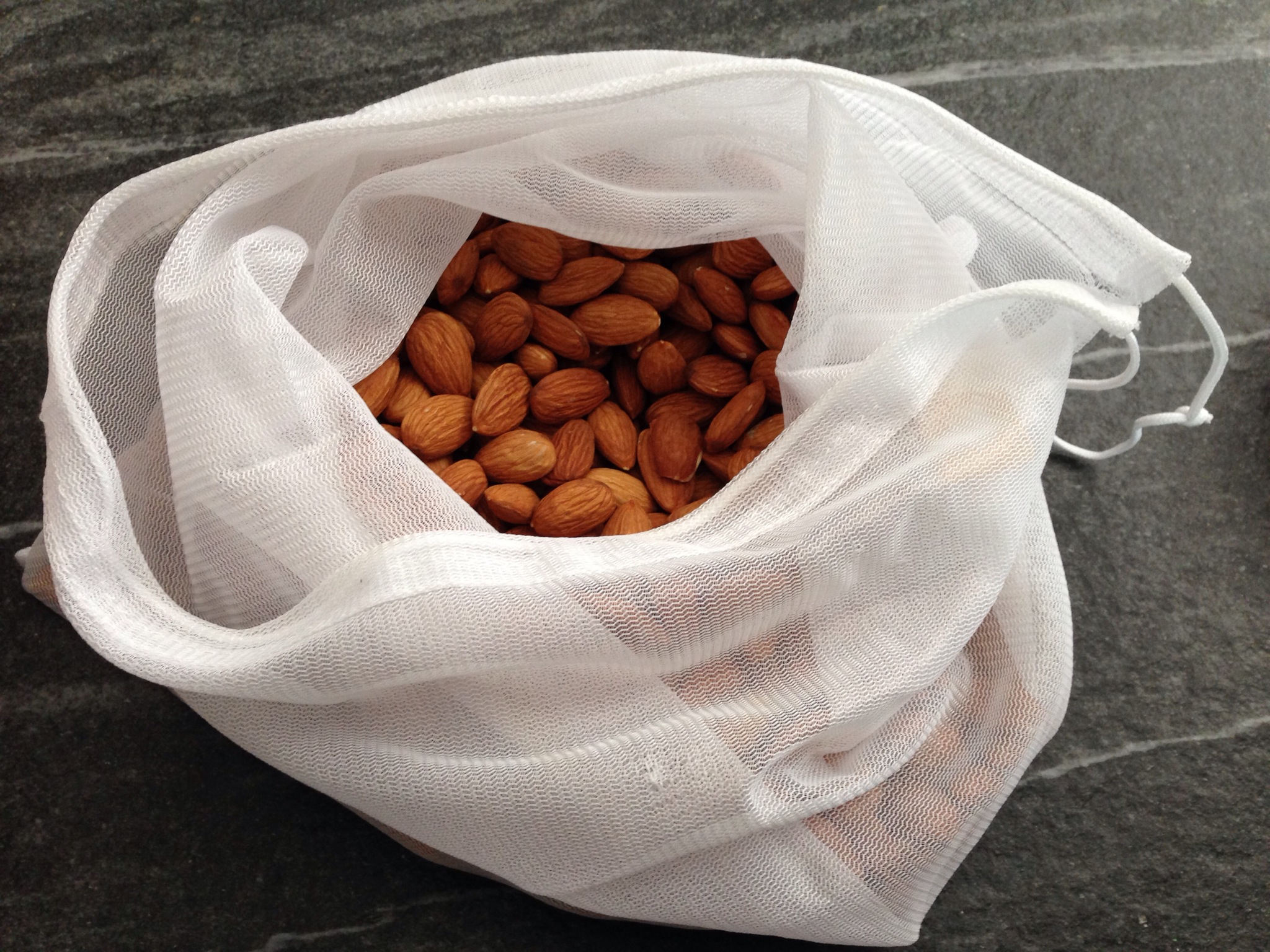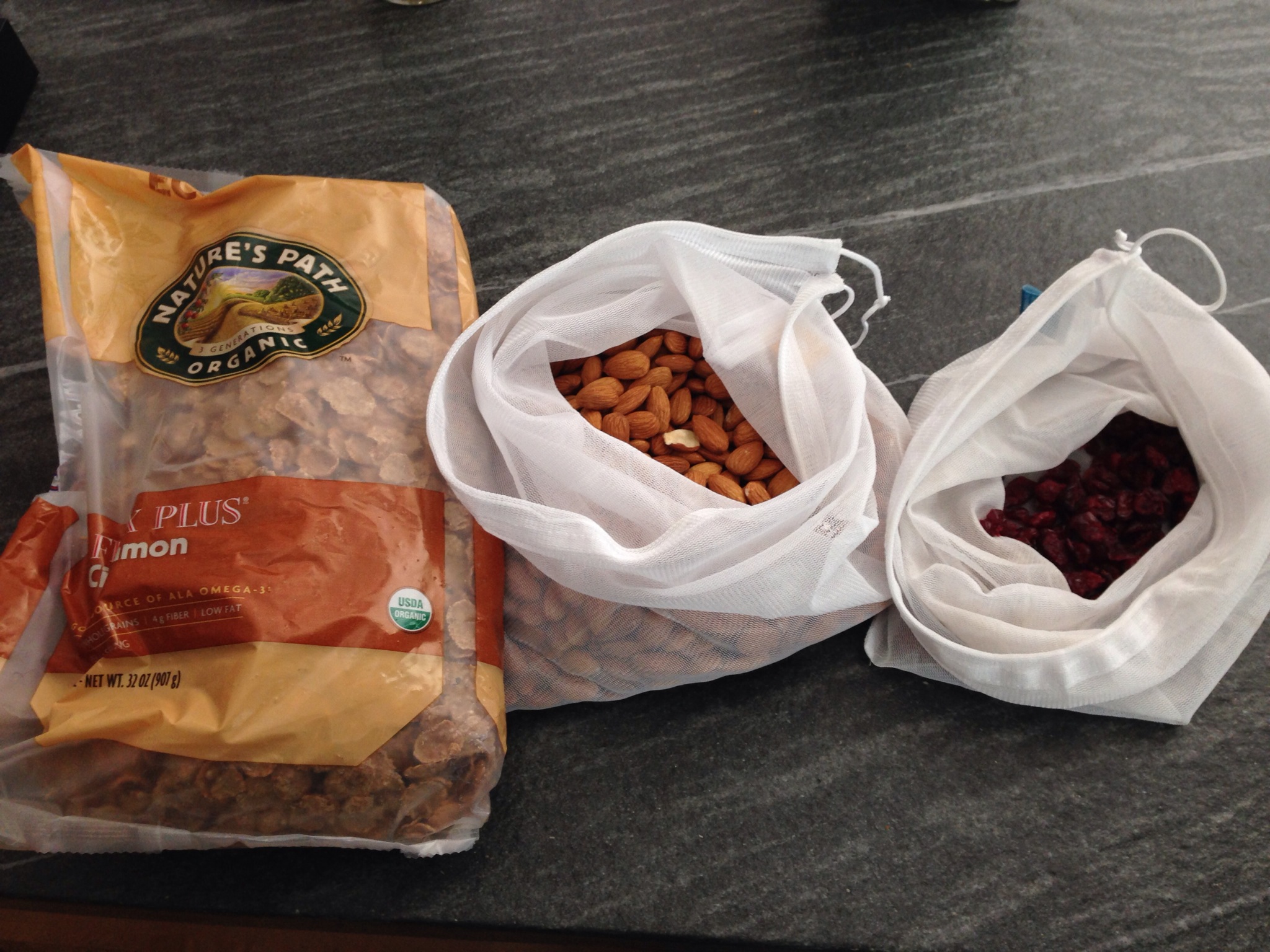
I’ve been following the news about the Climate Change protesters, and it’s amazing to see so many people rallying together for an important cause. We need to think about it, and sometimes it’s hard for me to remember when I’m walking through my smog-free streets taking my clean surroundings for granted.
I think it’s important to let corporations and our government know how important we feel Climate Change is. It’s not just about putting pressure on them to change, it’s about showing them we will support them when they do change. We need to vote for change, we need to accept that we may have to pay more for products, buy fewer products, and give up some of our conveniences.
I found a book that can help you reduce your environmental impact at home. It’s called Zero Waste Home by Bea Johnson, and she writes a blog where you can find many of her tips online for free.
The author has eliminated her need for a trashcan in her home. Read that again. SHE HAS NO TRASH CAN. It took her time, and there were many challenges, but she’s found a way for her family to live without creating trash. And she wrote it all down so we can learn from her!
Our family has a long way to go before we eliminate our trash can, but I’ve found her strategies aren’t that difficult to incorporate into my life with a little planning. You can see how they could become second-nature. Once you’ve found your favorite bulk cereal and set up your storage containers, it’s pretty effortless.
It’s even saved her a substantial amount of money on her grocery bill. Worth checking out!
I’m going to start making small changes to reduce the amount of waste our home produces. Step one? Get back in the habit of making almond milk at home to eliminate the cartons I throw away. By bringing a mesh drawstring bag and buying in bulk, I also eliminated the plastic bag I used to bring my nuts home in.
I bought some dried cranberries that way too, and stored them in pyrex. That eliminated a plastic bulk container that I used to recycle regularly. (Reducing is more important than recycling, and now my family isn’t eating those cranberries out of a plastic container.)
I also picked up some bulk cereal – it was packaged, but it still eliminated several cardboard boxes buying it this way. It’s a learning process, and I’m making steps in the right direction. Small steps make it easier to sustain, so I’m going to keep reading the book to find ways I can make changes, and not try to do it all at once!
I stored my home-made almond milk in a 32 oz canning jar and wrote on the lid with one of Will & Andrew’s bath crayons. They’re washable, so I can wipe the lid off and re-label it for future use.
(when I first read her suggestion that washable crayons be used for this purpose, I thought, huh? washable crayons? what are those? OHHHH, BATH CRAYONS! Yeah.)
Zero Waste Home is a great way to learn strategies for reducing your waste and saving money in the process. Another great way to have a positive impact on the environment is to eat more local, and more plant-based foods – one meal at a time. Meatless Monday, Wednesday, Friday anyone?
By buying fewer things we don’t need, reducing our trash, and eating foods with a lower carbon footprint, we can help slow the climate change… right here at home.
What do you do to live green?



I’m pretty good at recycling and working hard on reducing. I always bring my own bags to the grocery store and I have a bunch of mesh bags tha I use for produce instead of plastic bags . I get lots of comments-positive-when I go through the check-out stands. Good practice because several of my local stores have stated that with the new year there will be no more plastic bags and/or they will be charging for bags. Now, about that almond milk; we go through boxes like crazy! What is your recipe for making your own almond milk?